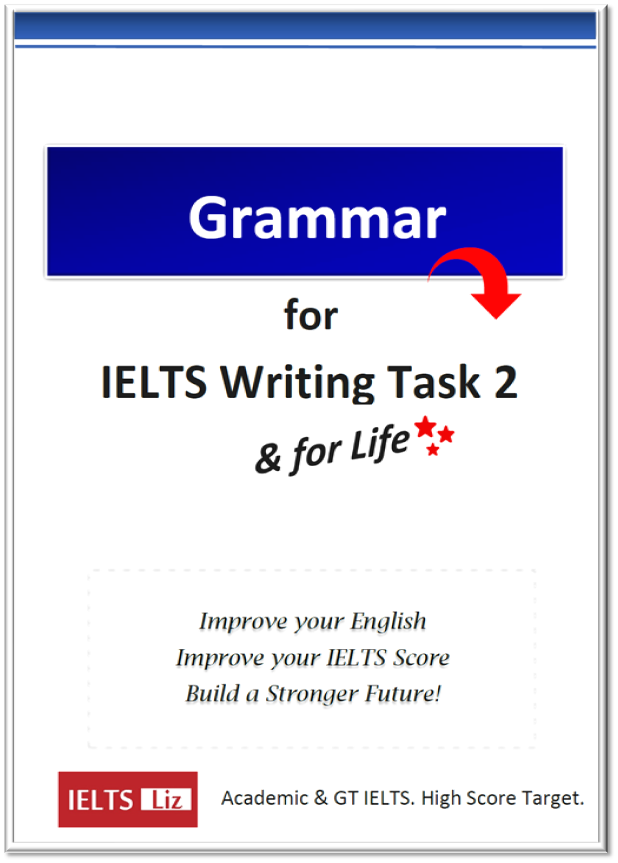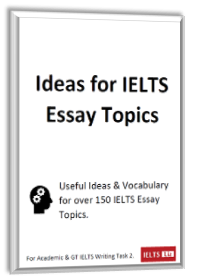Hi guys,
This is a quick email to let you know that my website is having technical work done Monday 5th Aug at about 7pm UK time. This might (or might not) cause disruption to my site.
Update: The technical work is now complete. Hopefully my website will be stable from this point onwards. Thanks for your patience and support.
I’ll post a new lesson on Thursday this week. If you don’t receive it by email, it means you need to check your spam folder and possibly subscribe again.
Thanks for your understanding.
All the best
Liz






